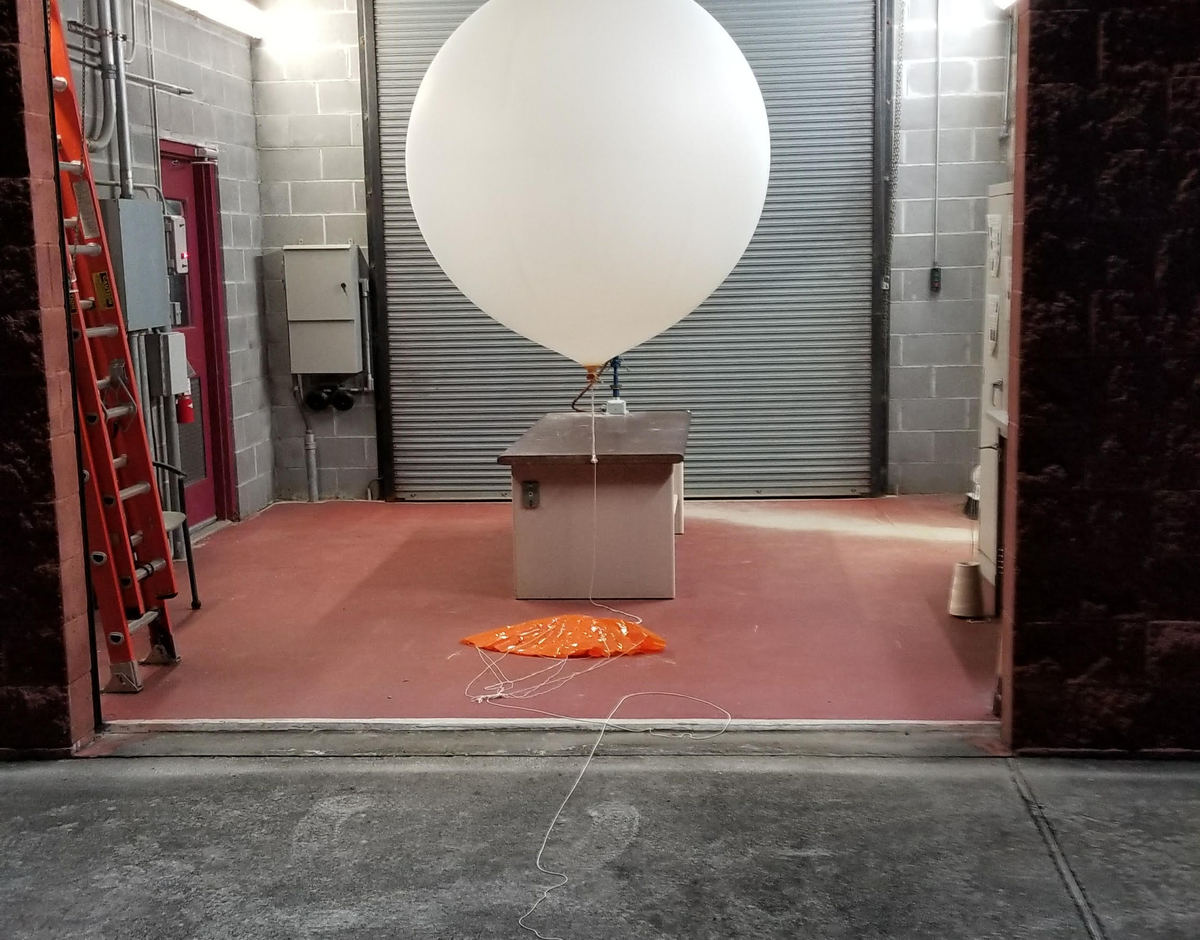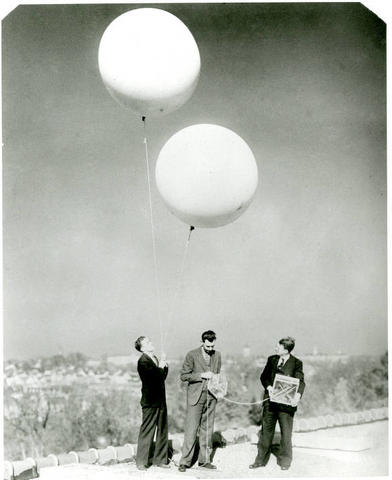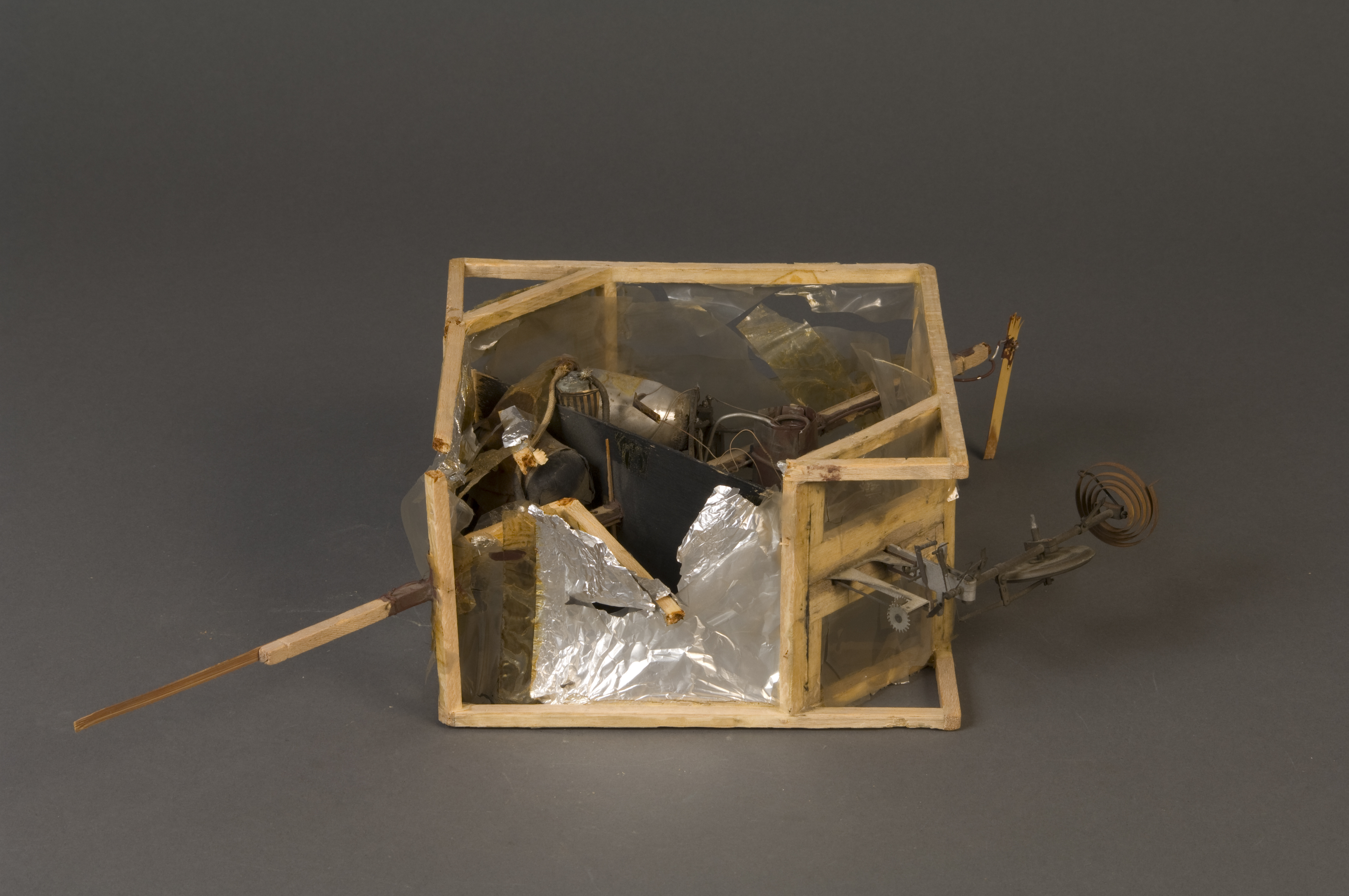Taking Measure
Just a Standard Blog
Up, Up and Away: How NIST Research Helped Improve Weather Balloon Forecasting

While we think of balloons as a fun party accessory, they also play an important role in weather forecasting.
Sunday is National Balloons Around the World Day, a day to celebrate both the whimsical and scientific side of balloons.
In the 1930s, NIST researchers designed and built a balloon-borne instrument that could send weather data to the ground. Nearly 90 years later, the devices, known as radiosondes, are still used today.
You could say radiosondes really took off!

Although radiosondes were documented as early as 1929, NIST researchers worked on early versions of the radiosonde for the U.S. Navy in 1936 to measure environmental conditions in the upper atmosphere. By 1938, NIST added the capability to measure humidity accurately.
Allen V. Astin, who went on to become the director of NIST (then known as the National Bureau of Standards), and Harry Diamond, a pioneering radio engineer, were among the researchers who worked on radiosondes.
The radiosonde, French for “radio sounding,” quickly became an important part of weather prediction. By 1940, thousands of radiosondes were being sent into the skies to gather data on cloud height and thickness, temperature, pressure, humidity and other meteorological factors.
Eyes and Ears in the Atmosphere
Twice a day, every day (unless there’s lightning in the area), National Weather Service (NWS) meteorologists attach a radiosonde to a balloon filled with either hydrogen or helium. A parachute is also attached. They launch it into the sky, where it stays afloat for at least 90 minutes. NWS does this at more than 90 stations in and around the U.S.
Because of the decrease in air pressure higher in the atmosphere, the balloon gets bigger as it travels up in the air, from about 1.5 meters (5 feet) at launch to about 6 to 8 meters (20 to 25 feet).
What goes up must come down. Once the balloon reaches that inflated size, it bursts. That’s why meteorologists include a parachute. This helps minimize the risk of injury when the radiosonde and balloon fall back to the ground.
While weather balloon information is important in forecasting, it’s also vital to other research, such as studying climate change and air pollution.

Weather Balloons Near You
So if you’re celebrating this quirky holiday on Sunday, you can look to the skies for a weather balloon (or see where there’s a radiosonde in your area). And if you find a radiosonde, you can return it to the NWS, so it can be used again.
We are not full of hot air when we say NIST research helped improve weather forecasting.




